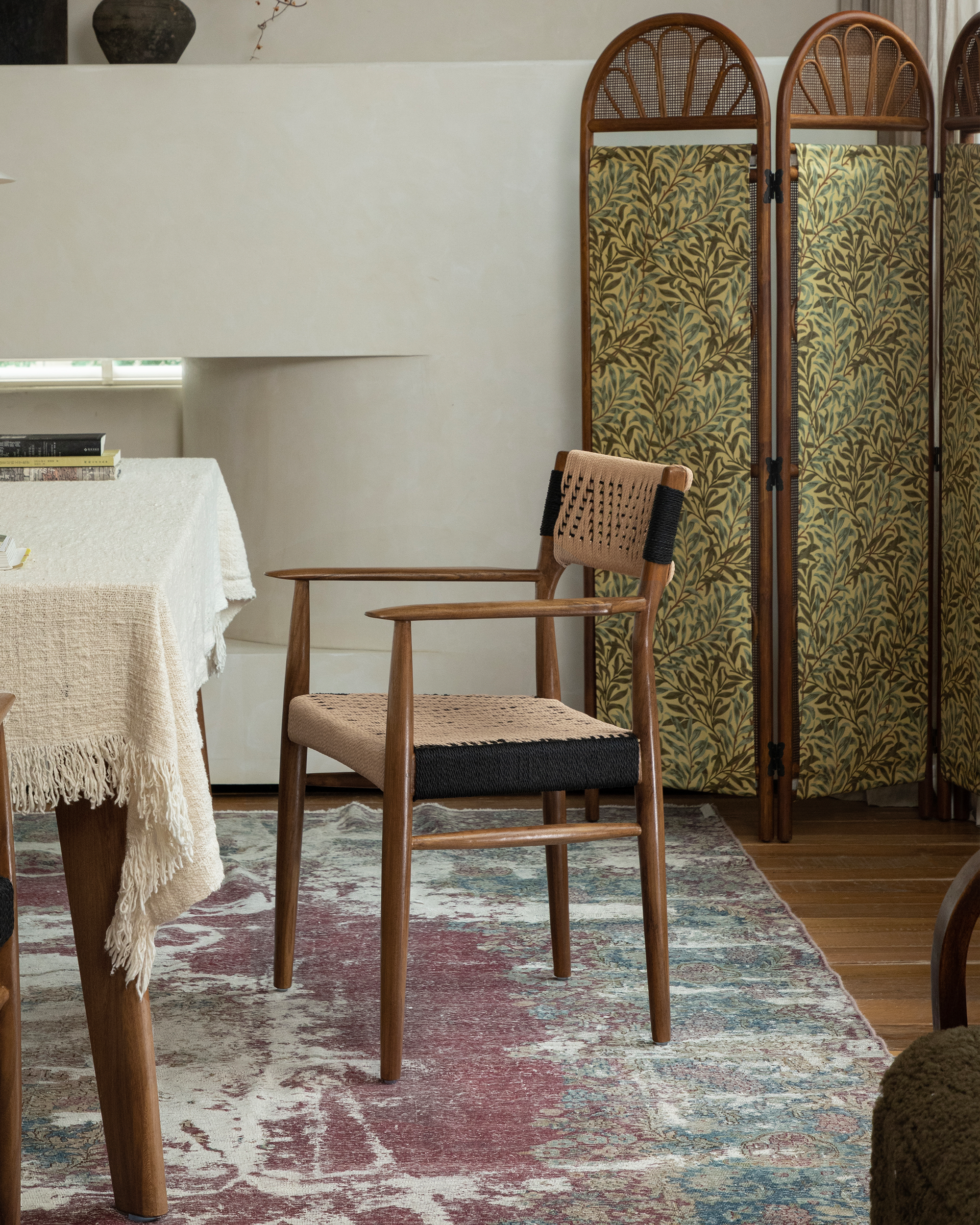Unraveling the Timeless Charm of Vintage Wicker Chairs: Discover Their Secrets!
Vintage wicker chairs have a unique charm that transcends time, effortlessly adding warmth and character to any space. Known for their intricate weaves and organic materials, these chairs not only serve as functional seating but also as decorative elements that enhance the aesthetic of a room. Their historical significance dates back centuries, with roots in ancient Egypt and Greece, where weaving techniques were first developed. Over the years, wicker furniture has evolved, becoming a staple in various decor styles—from coastal cottages to bohemian lounges—making it a popular choice for both modern and traditional homes alike.

The History of Wicker Chairs
The origins of wicker furniture can be traced back to ancient civilizations where natural materials like reeds, rattan, and willow were woven together to create functional items. The word "wicker" itself comes from the Old Norse term "vik," meaning "to bend." In ancient Egypt, wicker was used to craft items such as baskets and chairs, showcasing the material's versatility. Fast forward to the Victorian era, where wicker furniture gained immense popularity in the 19th century. It became synonymous with elegance and was often found in sunrooms and garden spaces. The rise of the Arts and Crafts movement further propelled wicker's appeal as artisans sought to create handcrafted, durable pieces. This trend continued into the 20th century, with the emergence of various design movements, leading to the diverse styles of vintage wicker chairs we see today.
Styles of Vintage Wicker Chairs
When exploring vintage wicker chairs, one can encounter a myriad of styles, each with its unique features and historical context. The Victorian style, characterized by its intricate patterns and elaborate detailing, often includes high-backed chairs with ornate armrests. These chairs were typically used in parlors and sunrooms, serving as a statement piece in a more formal setting. Moving into the 1920s and 1930s, the Art Deco style emerged, introducing geometric shapes and bold colors that reflected the exuberance of the Jazz Age. Art Deco wicker chairs often feature streamlined designs with a touch of glamour, perfect for chic urban apartments. Then came the Mid-Century Modern era, which celebrated simplicity and functionality. Wicker chairs from this period often incorporate clean lines and a minimalist approach, making them versatile enough to fit into any modern decor. Each of these styles not only reflects the aesthetic preferences of their respective eras but also showcases the craftsmanship and creativity of the artisans who created them.
Identifying Authentic Vintage Wicker
Identifying genuine vintage wicker chairs requires a keen eye for craftsmanship and an understanding of the materials used. Authentic pieces are typically made from natural materials such as rattan, willow, or reed, which can be distinguished by their smooth texture and flexibility. Look for signs of hand-woven construction, where the weaves are tight and uniform. Additionally, authentic vintage wicker may exhibit slight imperfections, a testament to its handmade quality. Beware of mass-produced imitations that often use synthetic materials, which lack the charm and durability of genuine wicker. Checking for manufacturer marks or labels can also help verify authenticity, although many vintage pieces may not have any markings at all.
Caring for Vintage Wicker Chairs
To maintain the beauty of vintage wicker chairs, avoid using harsh chemicals during cleaning, which can cause brittleness and damage. Regular dusting can prevent buildup, and if the chairs are used outdoors, consider protective covers to shield them from direct sunlight and inclement weather. A mixture of mild soap and water applied with a soft sponge can help remove dirt without harming the wicker fibers. It's essential to ensure proper storage in cool, dry areas to avoid mold and mildew. Gently cleaning and checking for any signs of fading or deterioration will help prolong the longevity of these charming pieces.
Timeless Appeal of Vintage Wicker Chairs
Vintage wicker chairs embody a timeless charm that speaks volumes about their historical significance and aesthetic appeal. Their unique styles reflect the craftsmanship and creativity of past artisans, making them a perfect addition to any home decor. Whether you’re looking to create a cozy reading nook or a stylish outdoor space, integrating vintage wicker chairs can elevate your interior design while also paying homage to the artistry of bygone eras. So, why not consider adding one of these enchanting pieces to your home and enjoy the blend of history and beauty they bring?








